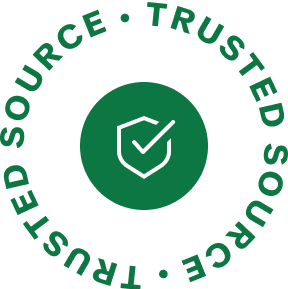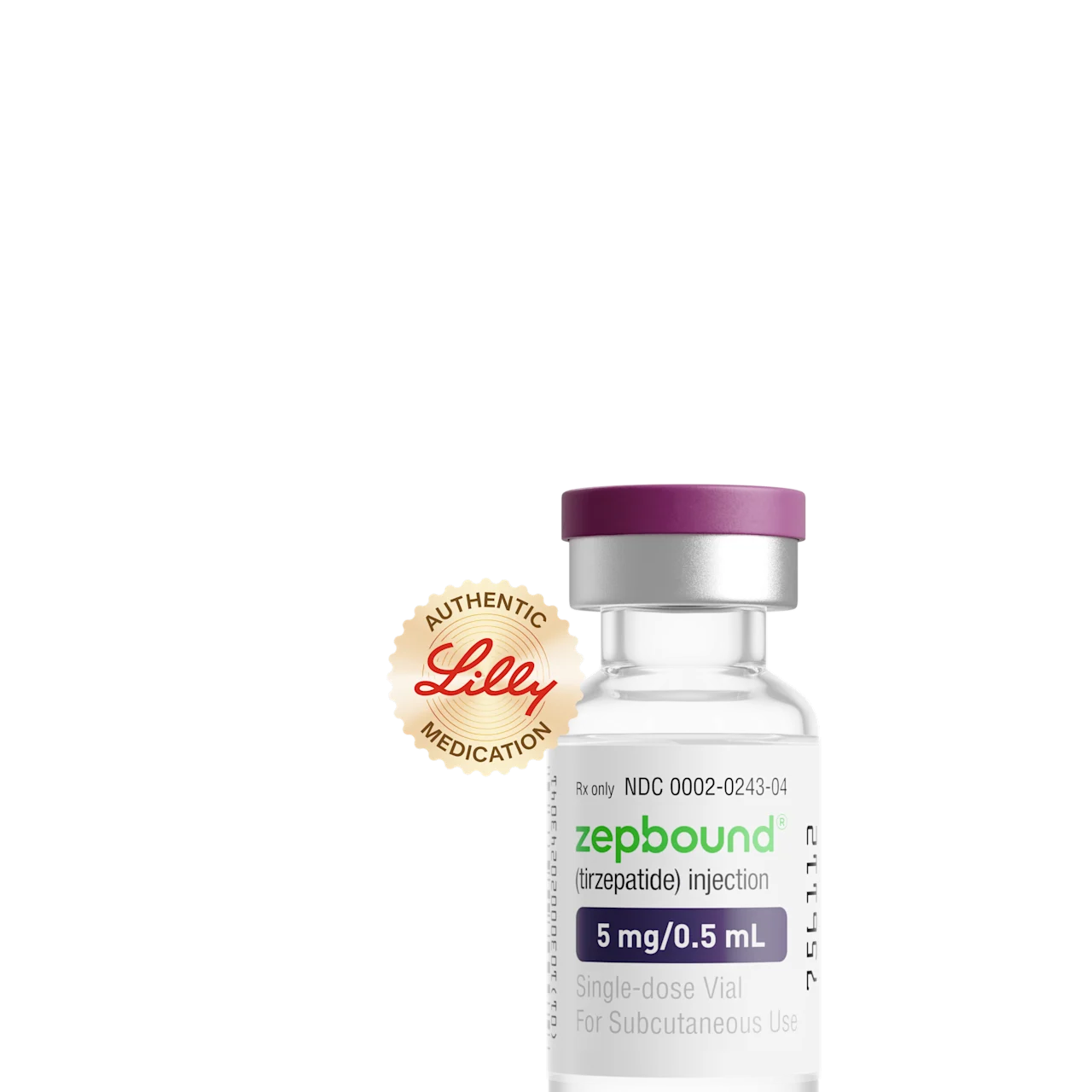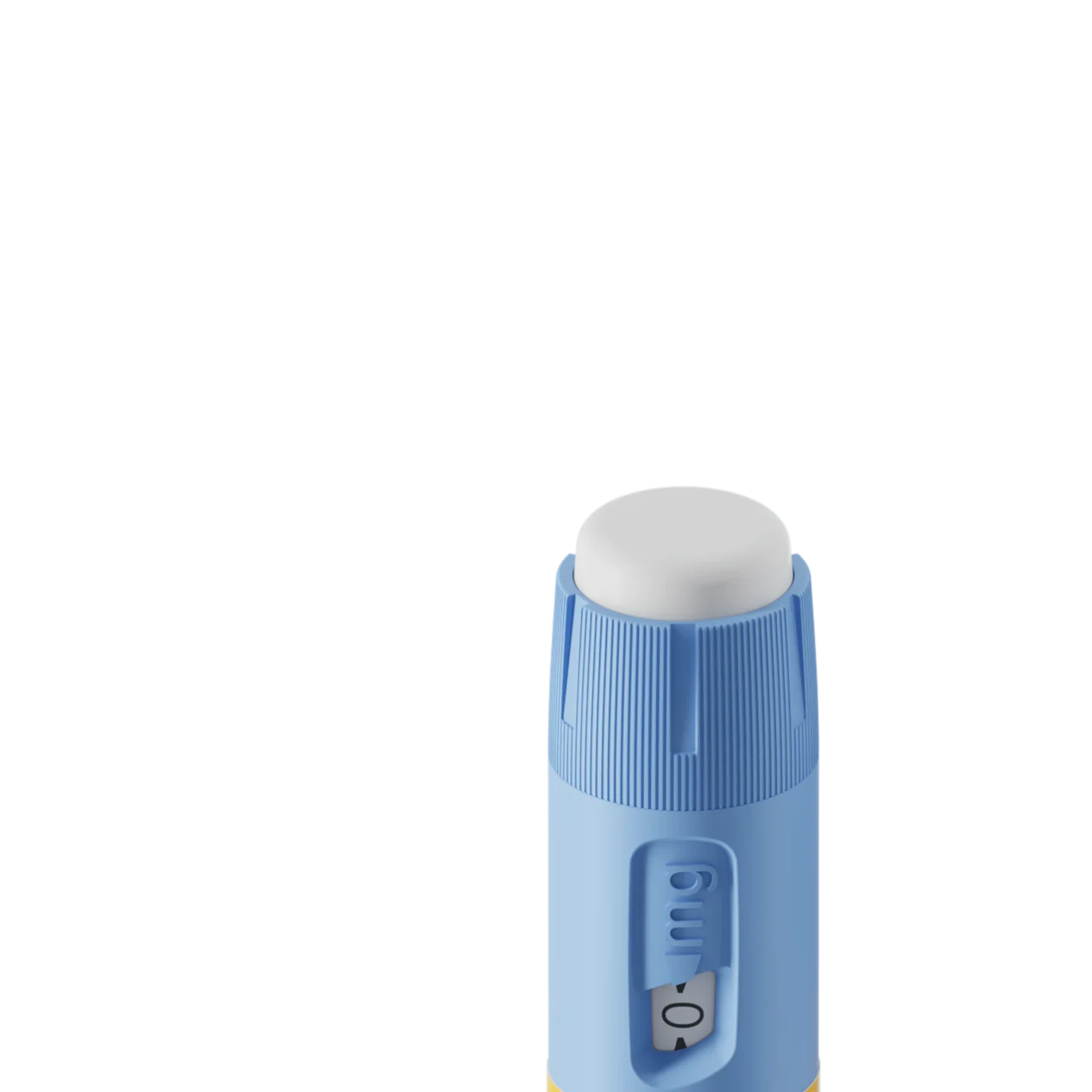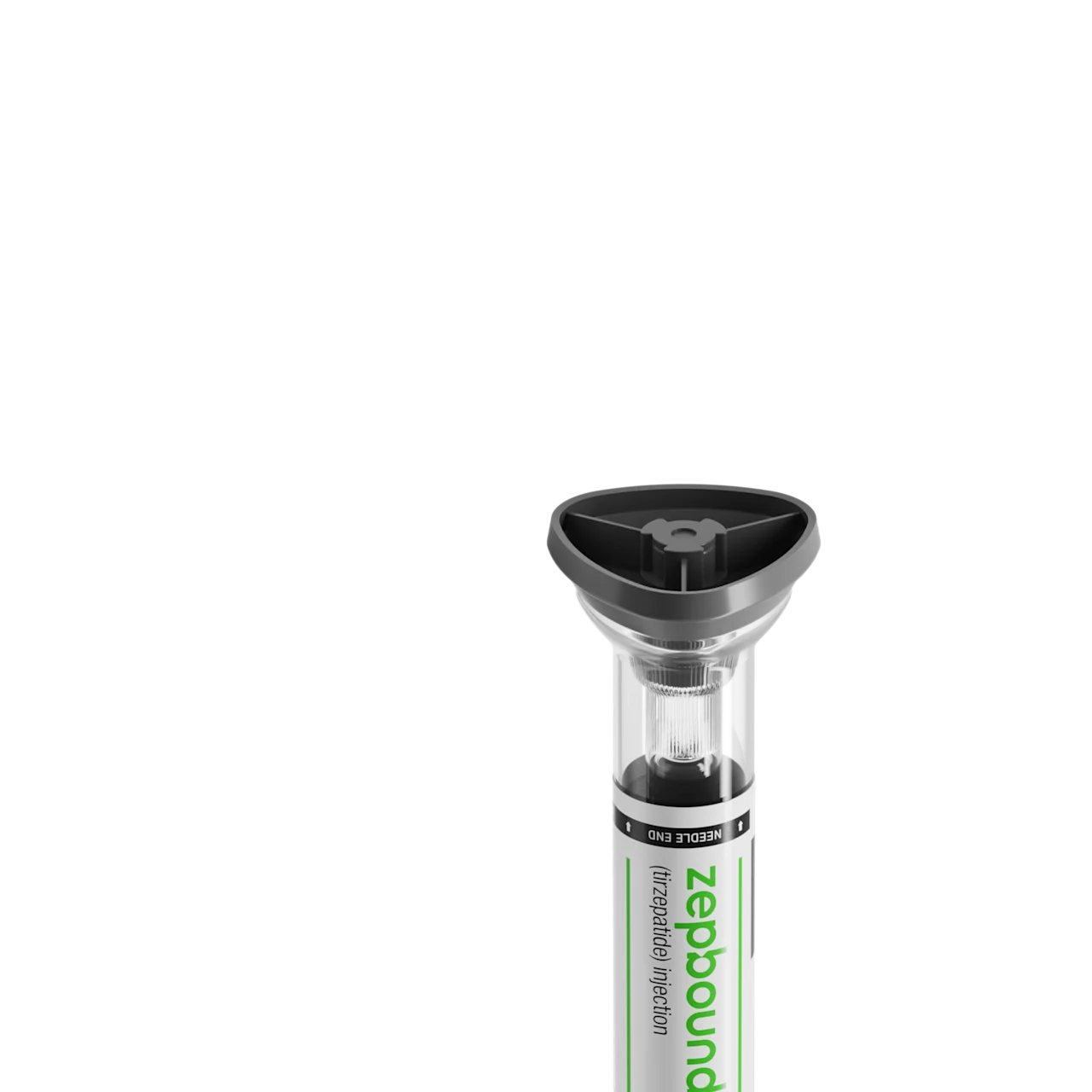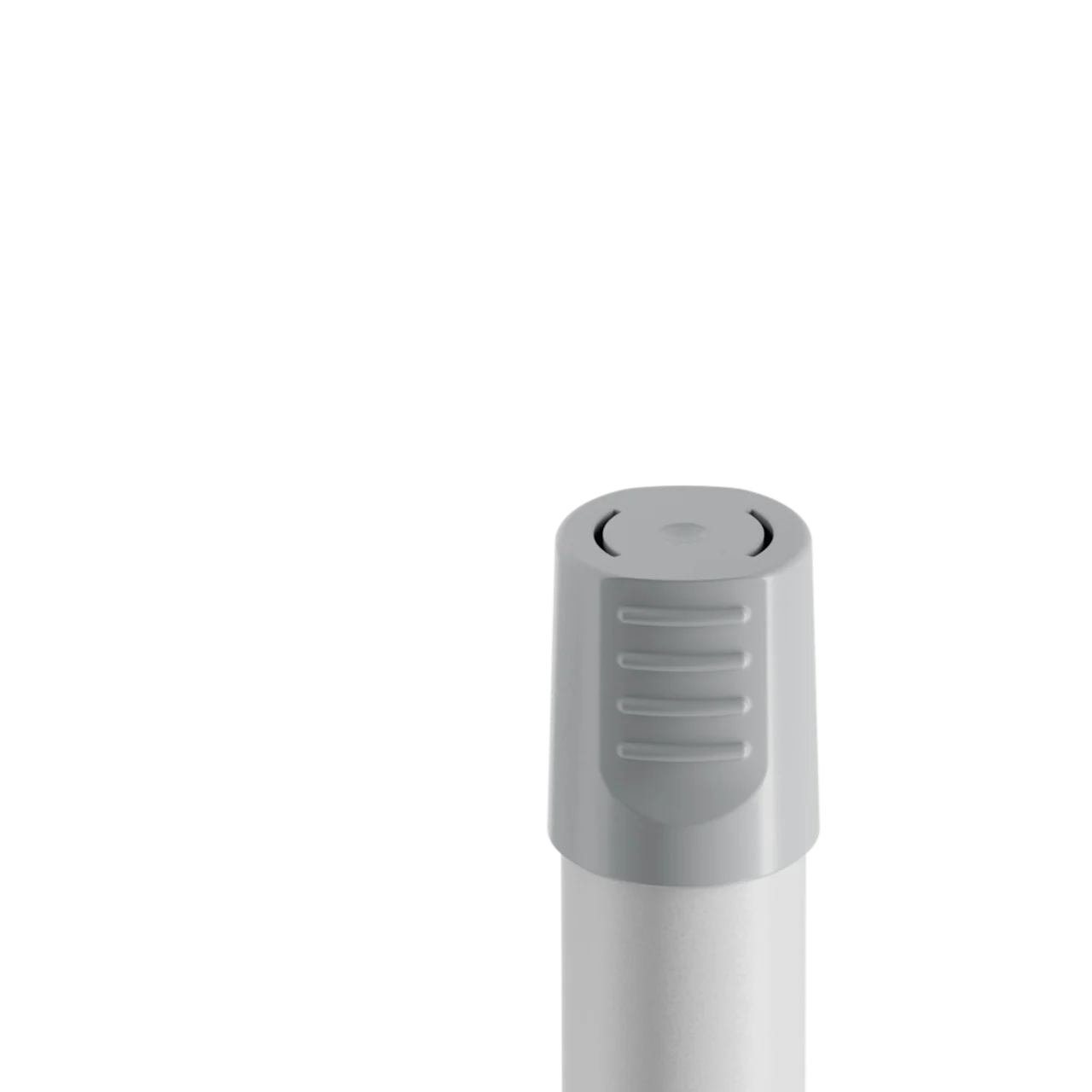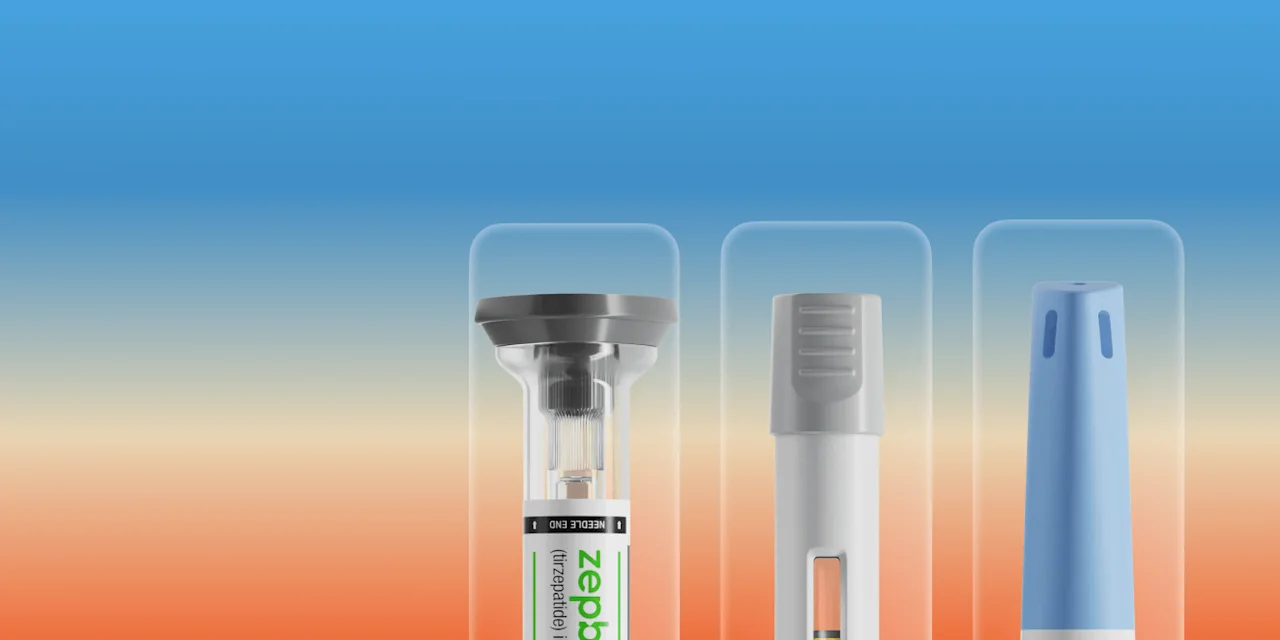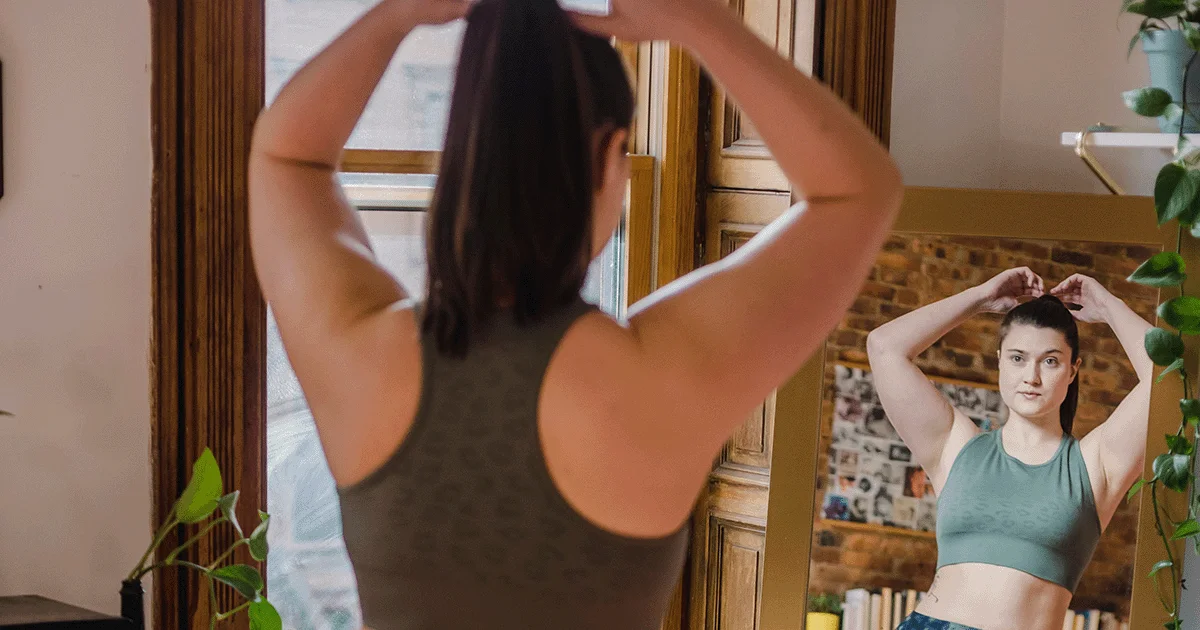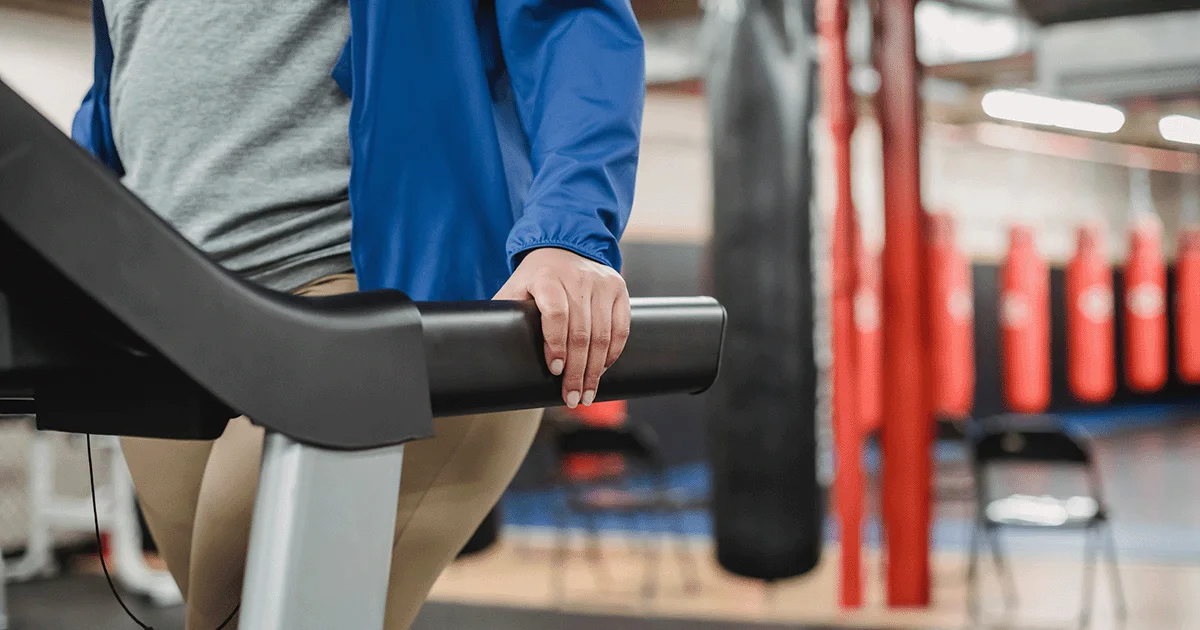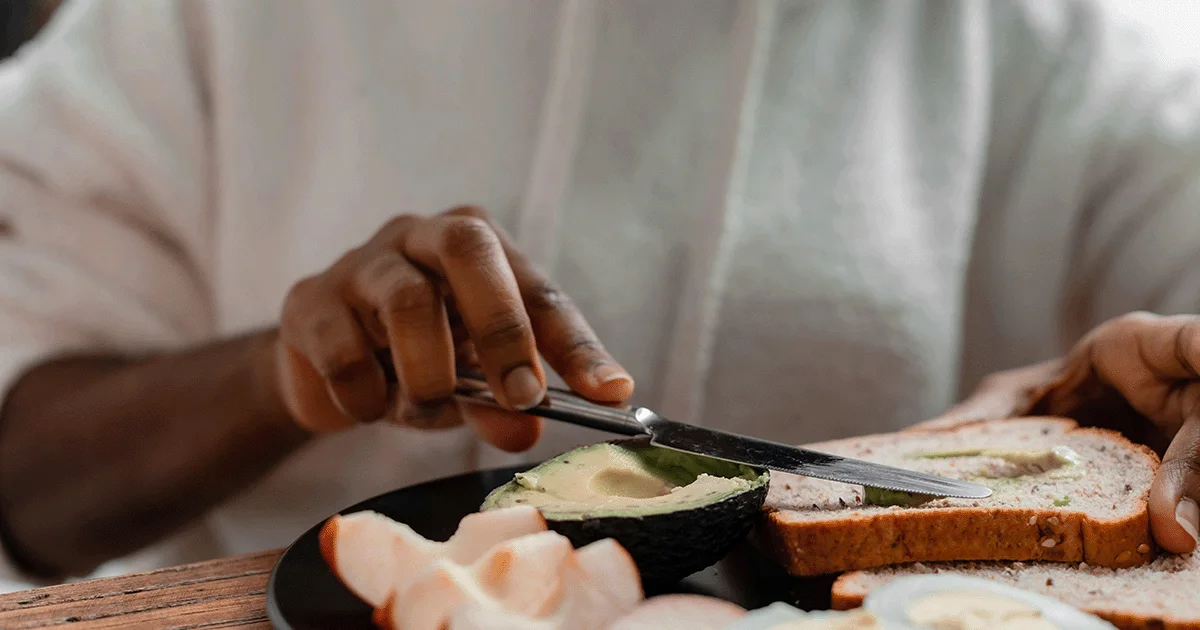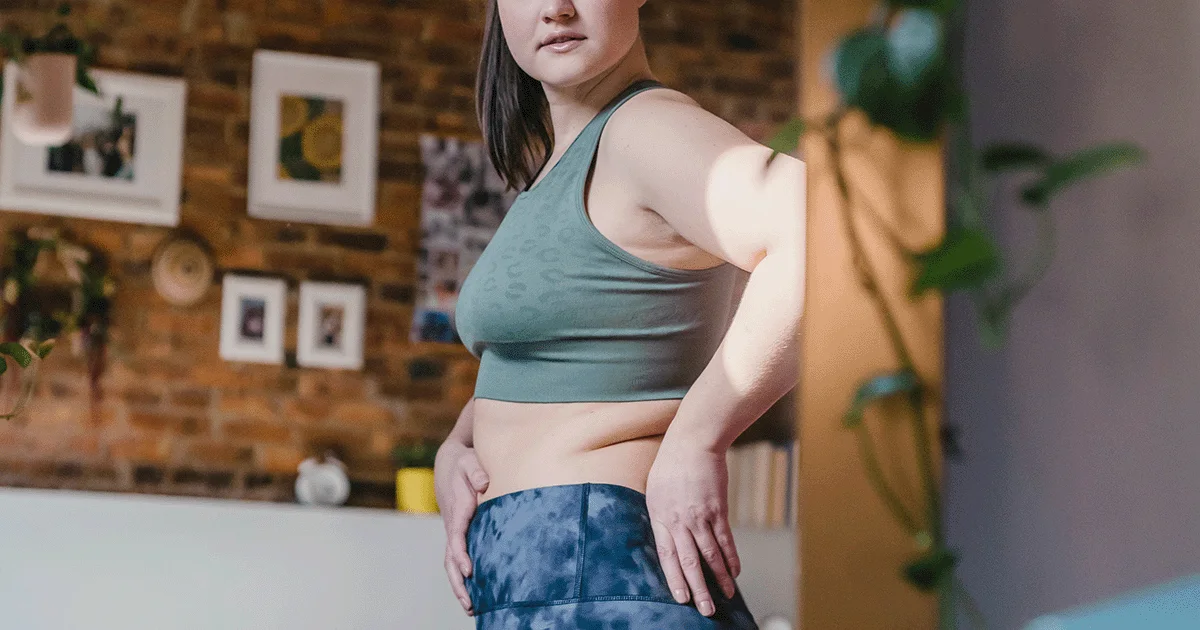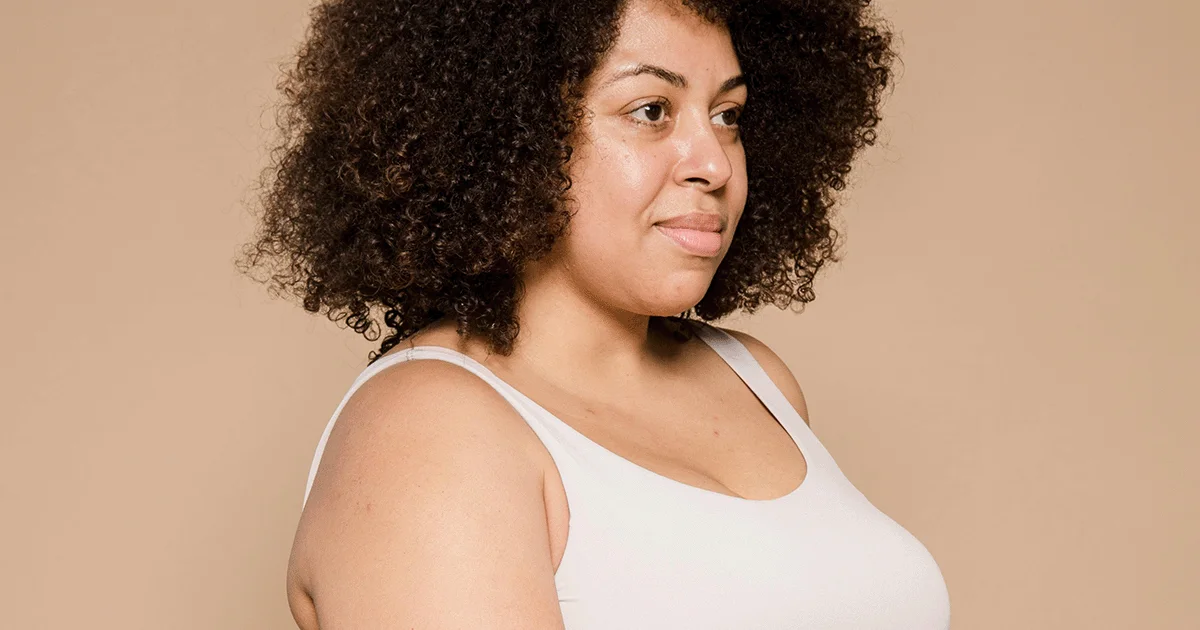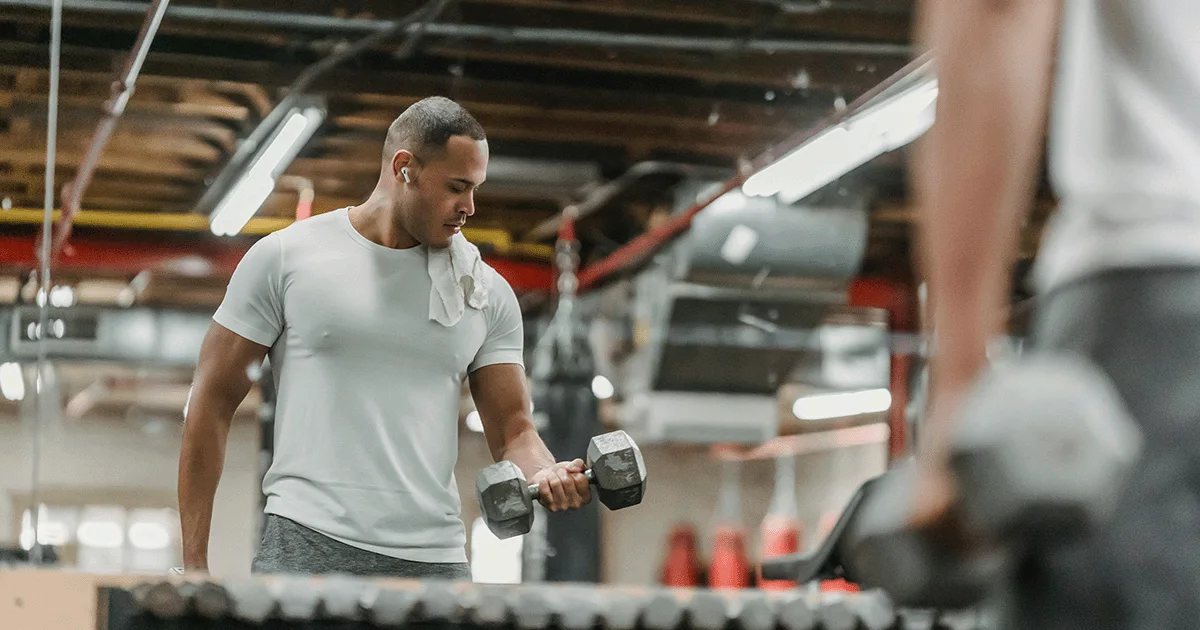Key takeaways
You can’t spot-target weight loss to specific body parts, including the face. The best way to lose face fat is to focus on healthy strategies that help reduce overall body fat.
Excess face fat can be influenced by factors like lifestyle habits, genetics, and aging. Some people naturally carry more weight in the face, and others may have a fuller face due to weight gain, poor hydration, or diet.
Lifestyle habits like eating a balanced diet, getting regular exercise (especially cardio and strength), staying hydrated, and getting adequate sleep can promote overall fat loss, which may help get rid of face fat.
Be wary of products and gimmicks that claim to get rid of face fat—they often lack evidence and don’t produce lasting results.
Here's what we'll cover
Here's what we'll cover
Here's what we'll cover
Key takeaways
You can’t spot-target weight loss to specific body parts, including the face. The best way to lose face fat is to focus on healthy strategies that help reduce overall body fat.
Excess face fat can be influenced by factors like lifestyle habits, genetics, and aging. Some people naturally carry more weight in the face, and others may have a fuller face due to weight gain, poor hydration, or diet.
Lifestyle habits like eating a balanced diet, getting regular exercise (especially cardio and strength), staying hydrated, and getting adequate sleep can promote overall fat loss, which may help get rid of face fat.
Be wary of products and gimmicks that claim to get rid of face fat—they often lack evidence and don’t produce lasting results.
If you’ve been searching for weight loss tips—specifically, ways to lose weight in your face—you may have come across various products, techniques, or tools promising a more sculpted and toned appearance.
While some research supports these methods, experts agree that the best way to lose face fat is to focus on losing overall body fat.
It’s not possible to target fat loss to just one area of the body. But making strategic changes to your diet, exercise routine, and lifestyle can help reduce overall body fat, which can result in a leaner, more defined appearance.
Be cautious of gimmicks and tools like supplements, chewing devices, or creams that claim to burn fat from the face. These products often lack evidence, can be a waste of time or money, and may even put your health at risk.
While lifestyle changes aren’t a magic wand—it can take time to lose weight—holistic lifestyle changes often yield safer, long-term results.
This guide will walk you through expert-backed nutrition and fitness recommendations that can reduce body fat and help to slim your face as well.
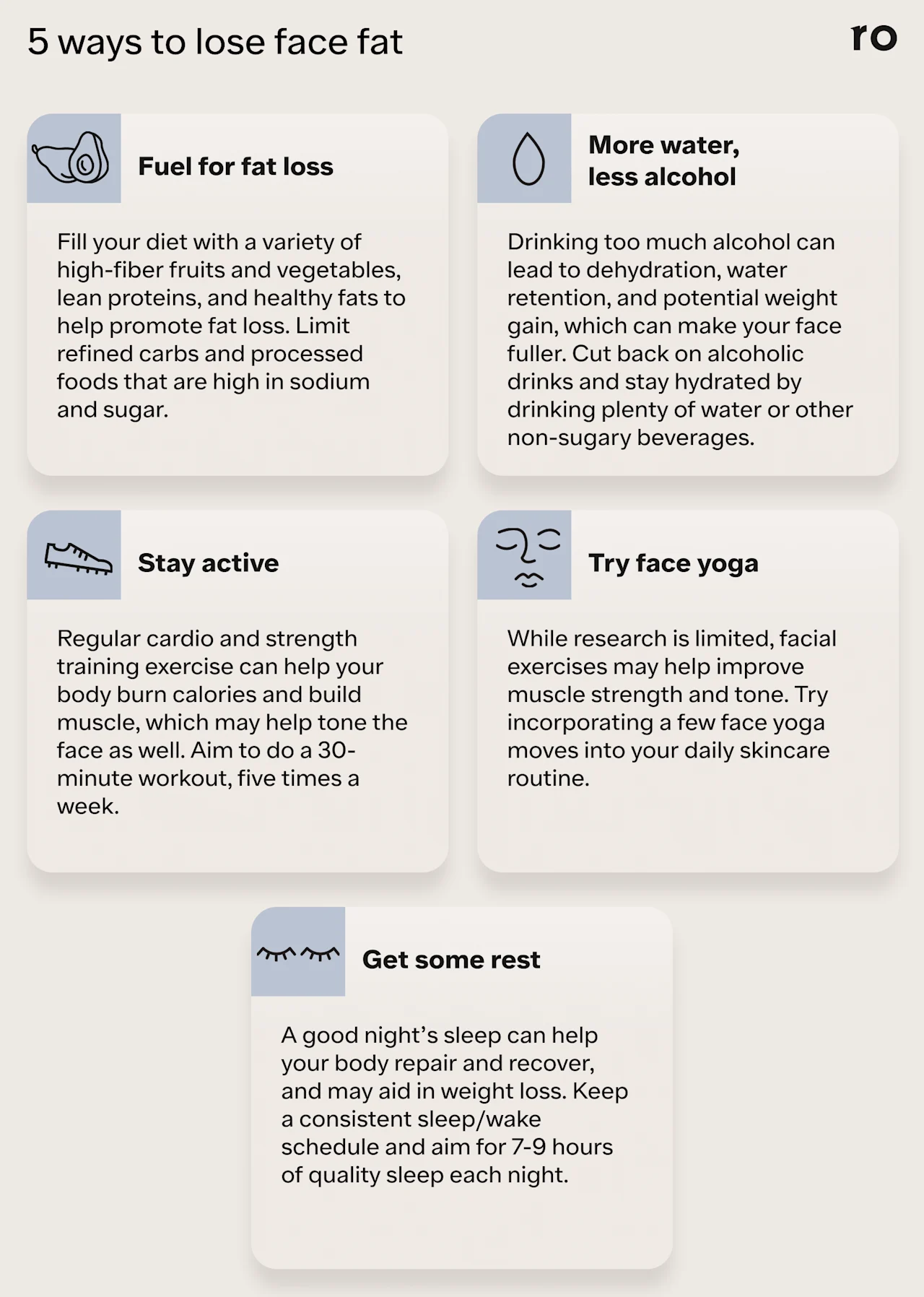
1. Eat the rainbow
Eating a variety of nutrient-dense foods, including fruits and vegetables, whole grains, and lean proteins, can aid in fat loss. Research also shows that eating produce in a variety of colors may offer additional health benefits.
“Think of the different colors of fruits and vegetables as puzzle pieces,” says Alyssa Pacheco, RD, founder of The PCOS Nutritionist. “The different colors have different nutrients that can help lower inflammation and improve overall health.”
For example, she says purple fruits and vegetables have high amounts of anthocyanins, and orange fruits and vegetables are high in vitamin C. “These are powerful antioxidants that work to lower inflammation, which can help reduce the appearance of a puffy face, in addition to other potential health benefits,” Pacheco says.
Here are examples of foods to eat that can support weight loss and help lower inflammation:
Avocados are high in healthy fats and fiber, which can support satiety and metabolism.
Nuts are packed with protein and healthy fats that help regulate hunger and energy levels.
Olive oil is a heart-healthy fat that can help reduce inflammation and support overall wellness.
Leafy greens are low in calories and rich in vitamins that can aid in digestion.
Berries are high in antioxidants and fiber, which may improve gut health and reduce cravings.
Whole grains provide long-lasting energy and prevent blood sugar spikes that can contribute to fat storage.
Lean protein is essential for muscle maintenance and increasing metabolic rate (the calories you burn at rest).
Rx weight loss with Ro
Get access to prescription weight loss medication online
2. Stay hydrated
Water plays an important role in your body's ability to function overall, and drinking enough fluids each day may also help you lose weight by decreasing your appetite and boosting metabolism.
Staying hydrated may also help prevent facial bloating and puffiness by reducing water retention, which can happen when your body holds onto excess water due to dehydration, a high-sodium diet, lack of physical activity, and other lifestyle factors like chronic stress. Elevated stress levels can increase cortisol, aka “the stress hormone,” which may cause fluid retention and fat storage over time.
Conversely, dehydration can impact your weight loss goals. Nearly one out of four people mistake thirst cues for hunger, which could lead to overeating and weight gain.
The amount of water you need daily depends on factors like activity level, climate, and your body size. Paying attention to when you're thirsty and the color of your urine can help you determine how much water to drink.
Try these tips to help up your daily fluid intake:
Drink water before meals to help control calorie intake by supporting satiety.
Carry a reusable water bottle.
Set reminders on your phone or use an app to track your water intake.
Infuse your water with fresh fruit, herbs, lemon, or ginger juice to make it more enjoyable.
Sip on other healthy, hydrating beverages like green tea, coconut water, or kombucha.
3. Watch out for added sodium and sugar
Regularly eating foods that are high in sodium and sugar can lead to excess water retention, which may cause the face (and other body parts) to appear swollen. These dietary habits can also disrupt hormonal balance—particularly when combined with chronic stress, which may raise cortisol and increase cravings for salty and sweet foods.
Cutting back on salty or sugary foods may help reduce the look of facial puffiness, along with other potential health benefits like weight loss, better blood sugar control, and reduced inflammation.
Try these tips to help reduce extra sodium and sugar in your diet:
Look for low-sodium options in the grocery store, such as no-salt-added canned vegetables, reduced-sodium broths, and frozen meals.
Limit or cut out sugary drinks like soda and juice.
Swap out high-sugar foods for fruit to satisfy a sweet tooth.
Reduce table salt in favor of herbs and spices for flavor.
4. Limit refined carbs and ultra-processed foods
Refined carbohydrates—such as white bread, pasta, and rice—are a processed version of the nutrient that has been stripped of fiber. As a result, the body digests refined carbs quickly. This rapid digestion can spike both blood sugar and insulin levels, which can reduce satiety (how full and satisfied you feel after eating) and promote fat storage.
“This can lead to your kidneys retaining more sodium and fluids, leading to puffiness and bloating,” Pacheco says. “Additionally, refined carbs are typically very low in fiber, a nutrient that's important for helping you to feel full.”
Ultra-processed foods also contain artificial additives, unhealthy fats, and excess sugar—all ingredients that can make it harder to lose weight.
To support long-term fat loss, try these minimally processed, fiber-rich food swaps:
Whole-wheat or sprouted grain bread instead of white bread
Whole-grain or legume-based pasta rather than pasta made from refined flour
Whole grains like quinoa, brown rice, or farro instead of white rice
5. Get more cardio
Aerobic exercise can be effective for burning calories and promoting fat loss. Cardio workouts increase heart rate and oxygen flow, which may help break down fat stores more efficiently.
The best exercises are the ones you like doing—finding a cardio activity that you enjoy and can do consistently can help you reach your goals more effectively.
Try out one of these activities to get your heart rate up:
High-intensity interval training (HIIT)
Cycling
Lap swimming
Whatever cardio you choose, work up to getting at least 150 minutes of exercise each week or about 30 minutes of exercise five times per week. Also, keep in mind that movement outside of structured workouts—like walking, standing, or even cleaning—counts, too. This kind of daily activity, known as non-exercise activity thermogenesis (NEAT), can help boost your total energy expenditure and support fat loss efforts.
6. Don’t skip strength training
Strength training can help maintain and build muscle, which can increase metabolism. A higher metabolic rate means you may burn more calories even at rest, which can make it easier to reduce overall body fat.
Strength training can be done with weights, resistance bands, or even your body weight. Some moves to try include:
Lunges
Bicep curls
Push-ups
Planks
Incorporating resistance training at least two to three times per week can help you improve body composition, build lean muscle, and slim down your cheeks.
7. Limit alcohol consumption
Regular alcohol consumption can contribute to facial bloating and overall weight gain. It dehydrates the body, leading to water retention and puffiness, and can also increase food cravings by disrupting appetite signals. Some alcoholic drinks are high in calories and sugar, which can contribute to fat accumulation.
Cutting back on alcohol can help support your weight loss and overall health goals.
Ways to drink less alcohol include:
Setting a weekly drink limit
Swapping in non-alcoholic alternatives like mocktails, herbal teas, or flavored sparkling water
Planning social activities that don’t revolve around alcohol
8. Get enough sleep
Sleep is important for weight management and overall health. According to some research, consistently poor sleep can disrupt your hormones, leading to increased cravings and a slower metabolism. When you don’t get enough rest, your body also produces more cortisol. Over time, high cortisol levels can promote fat storage—particularly in the abdomen, leading to increased belly fat.
Aim to get at least 7-9 hours of sleep per night to help your body rest and recover.
Tips to improve sleep quality might include:
Avoiding screens about an hour before bedtime
Limiting caffeine
Maintaining a consistent sleep/wake schedule, even on weekends
Creating an optimal sleep environment by keeping your bedroom dark and cool
9. Try facial exercises
Research on the effectiveness of facial exercise is limited, but available data suggests there may be some benefits to these methods.
During a 20-week study, 27 women aged 40-65 years old performed facial exercises for 30 minutes daily or every other day to measure improvement in the appearance of aging on their face and neck. In another study, 50 Korean women performed facial muscle exercises twice a day for 30 seconds each using a weighted device for eight weeks.
In both studies, participants reported positive changes in tone, facial volume, and rejuvenation, but more research is needed to gauge the effectiveness of facial exercises. However, both studies had significant limitations: the sample sizes were small, the studies were short-term, there were no control groups, and participants were exclusively middle-aged women, so not necessarily representative of the broader population.
In short, the benefits of facial exercise are largely anecdotal. While some of these exercises may help improve tone or lymphatic drainage, there is no strong evidence for fat loss from the face itself.
If you’re still curious about face yoga or other facial exercises, try these techniques at home:
To help define your jawline: Place your elbow on a table with your fist under your chin and press upward while trying to open your jaw. Hold for 6 seconds. Repeat 5–10 times.
To help tone cheeks: Sit up straight and take a deep breath through your nose. Then, puff your cheeks out and hold for 10-15 seconds. Slowly breathe out through your mouth. Repeat 5-10 times.
10. Consider professional treatments (if necessary)
Healthy lifestyle habits can help reduce body fat and may, in turn, help get rid of face fat. If you want a slimmer or more sculpted appearance, facials and other professional treatments may help enhance facial contours.
“Non-invasive options, such as lymphatic drainage facials, can help reduce swelling, improve circulation, and detoxify the skin,” says Crystal Jimpie, ARNP-C, an advanced registered nurse practitioner in St. Petersburg, Florida.
She adds that other medical cosmetic procedures may provide more dramatic and long-lasting results. Examples include:
Dermal fillers. These hyaluronic acid injections typically provide immediate results and can be used to enhance different facial features.
Biostimulators. These cosmetic injections help stimulate collagen and elastin production to help minimize signs of aging and may help firm the skin.
Phosphatidylcholine deoxycholate (PCDC). This injectable medication can help dissolve fat cells in the body. When used on the face, it may help reduce fat in the chin, jawline, or other areas with stubborn fat deposits.
Radio frequency (RF) microneedling. This procedure combines traditional microneedling—which makes small or “micro” injuries in the top layer of skin to help promote collagen production—with radiofrequency energy to penetrate deeper into the skin. This may help reduce signs of aging and improve skin firmness and tone.
Cosmetic procedures can offer more immediate results, but it’s important to consider the procedures with realistic expectations. Possible side effects, cost, and the provider’s qualifications should all be carefully reviewed before moving forward with any cosmetic treatment. Consulting with a board-certified dermatologist can help you make sure the treatment is safe for you and based on reliable medical advice.
What causes face fat?
Some possible causes of face fat include:
Genetics. Some people naturally have more fat deposits in their faces due to their genes.
Weight Gain. An increase in body fat can also affect the face and cause a fuller appearance.
Aging. Skin loses elasticity, and facial fat pads may shift or shrink over time. For some, this can create a fuller or puffier appearance; for others, it may result in sagging or a hollowed look, depending on how fat is redistributed or lost.
Lifestyle habits. An unbalanced diet, lack of exercise, and dehydration contribute to bloating and fat retention.
Medical conditions. Certain medications or health issues, such as Cushing’s Syndrome or hypothyroidism, may cause fluid retention and facial swelling. Treating the underlying cause may help minimize facial symptoms.
Before exploring lifestyle or aesthetic changes, it’s important to note that facial swelling, rapid weight changes, or stubborn fat that doesn’t respond to healthy habits may point to an underlying medical issue. If you're experiencing these symptoms, consider speaking with a healthcare provider to rule out other health conditions.
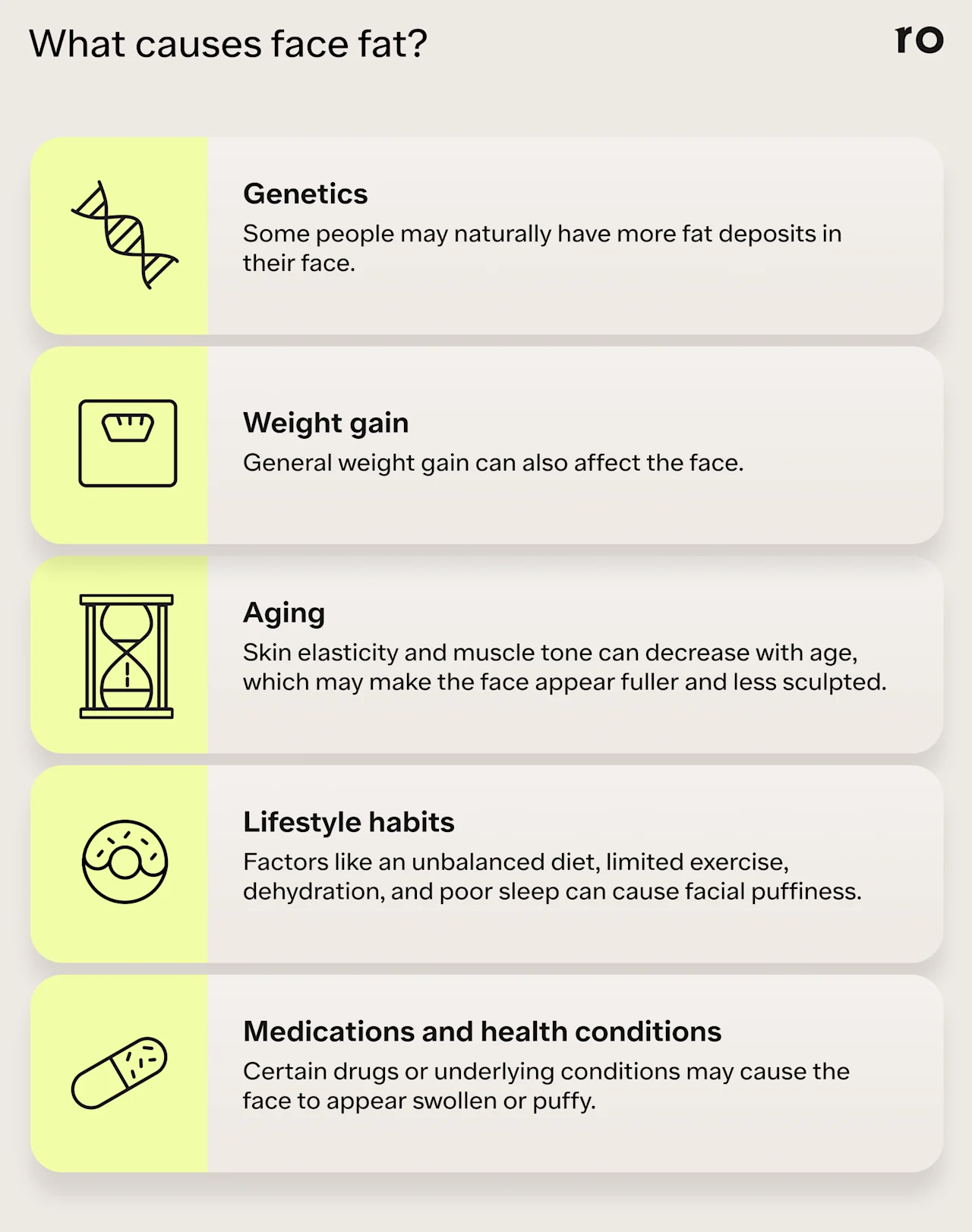
Bottom line
Losing face fat requires a combination of diet, regular exercise, and other lifestyle adjustments. Since targeted fat loss isn’t possible, focusing on overall weight management can help you achieve the most sustainable results.
Lifestyle strategies won’t deliver overnight results, but with consistency, you may notice a slimmer face over time.
Eating a variety of high-fiber fruits and vegetables, lean proteins, whole grains, and healthy fats can help fuel your body for weight loss.
Combining cardio workouts and resistance training several times a week, sticking to a regular sleep schedule, drinking more water, and consuming less alcohol can help your body burn more calories, reduce inflammation, and promote overall fat loss.
Facial exercises may help define facial contours and reduce puffiness, but more research is needed to fully understand the potential benefits of these methods.
Co
smetic treatments like facials, dermal fillers, or biostimulators may help skin firmness and overall tone. If you’re interested in cosmetic treatments, always work with a dermatologist or licensed, credentialed professional.
Talk to your healthcare provider if you don’t see results after implementing lifestyle changes. They may want to rule out other possible causes of facial fullness and swelling, including underlying health conditions or certain medications.
Frequently asked questions (FAQs)
How do I lose face fat in a week?
Significant fat loss in a week is unlikely. You can help reduce facial puffiness by staying hydrated, limiting sodium intake, avoiding alcohol, and getting adequate sleep. Certain skincare treatments, such as lymphatic drainage facials, may also help reduce puffiness or swelling in the face.
How do you lose facial fat?
The best way to lose facial fat is by reducing overall body fat through a combination of a healthy diet, regular exercise, proper hydration, and getting enough sleep.
How can I slim my face fast?
To make your face appear slimmer quickly, reduce water retention by drinking more water, cutting back on salty foods, and avoiding alcohol. Facial massages and contouring makeup could also create a temporary slimming effect.
What causes face fat?
Face fat can be caused by genetics, overall weight gain, aging, and lifestyle factors such as diet and dehydration. Certain medical conditions or medications could also lead to fluid retention and bloating. Talk to your healthcare provider if you’re concerned about face fat or facial swelling or if you’re not losing weight through diet and exercise. They may recommend testing to rule out underlying conditions or recommend other treatment options for weight loss.
DISCLAIMER
If you have any medical questions or concerns, please talk to your healthcare provider. The articles on Health Guide are underpinned by peer-reviewed research and information drawn from medical societies and governmental agencies. However, they are not a substitute for professional medical advice, diagnosis, or treatment.
References
Alam, M., Walter, A. J., Geisler, A., et al. (2018). Association of facial exercise with the appearance of aging. JAMA Dermatology, 154(3), 365–367. doi: 10.1001/jamadermatol.2017.5142. Retrieved from https://jamanetwork.com/journals/jamadermatology/fullarticle/2666801
Chandler-Laney, P. C., Morrison, S. A., Goree, L. L., et al. (2014). Return of hunger following a relatively high carbohydrate breakfast is associated with earlier recorded glucose peak and nadir. Appetite, 80, 236–241. doi: 10.1016/j.appet.2014.04.031. Retrieved from https://pmc.ncbi.nlm.nih.gov/articles/PMC4204795/
Grillo, A., Salvi, L., Coruzzi, P., et al. (2019). Sodium Intake and Hypertension. Nutrients, 11(9), 1970. doi: 10.3390/nu11091970. Retrieved from https://pmc.ncbi.nlm.nih.gov/articles/PMC6770596/
Hwang, U. J., Kwon, O. Y., Jung, S. H., et al. (2018). Effect of a Facial Muscle Exercise Device on Facial Rejuvenation. Aesthetic Surgery Journal, 38(5), 463–476. doi:10.1093/asj/sjx238. Retrieved from https://pmc.ncbi.nlm.nih.gov/articles/PMC5888959/
Jeong J. N. (2018). Effect of Pre-meal Water Consumption on Energy Intake and Satiety in Non-obese Young Adults. Clinical Nutrition Research, 7(4), 291–296. doi: 10.7762/cnr.2018.7.4.291. Retrieved from https://pmc.ncbi.nlm.nih.gov/articles/PMC6209729/
Khoo, H. E., Azlan, A., Tang, S. T., et al. (2017). Anthocyanidins and anthocyanins: colored pigments as food, pharmaceutical ingredients, and the potential health benefits. Food & Nutrition Research, 61(1), 1361779. doi: 10.1080/16546628.2017.1361779. Retrieved from https://pmc.ncbi.nlm.nih.gov/articles/PMC5613902/
McKiernan, F., Houchins, J. A., & Mattes, R. D. (2008). Relationships between human thirst, hunger, drinking, and feeding. Physiology & Behavior, 94(5), 700–708. doi: 10.1016/j.physbeh.2008.04.007. Retrieved from https://pmc.ncbi.nlm.nih.gov/articles/PMC2467458/
Minich, D. M. (2019). A Review of the Science of Colorful, Plant-Based Food and Practical Strategies for "Eating the Rainbow". Journal of Nutrition and Metabolism, 2019, 2125070. doi: 10.1155/2019/2125070. Retrieved from https://pmc.ncbi.nlm.nih.gov/articles/PMC7770496/
Nieman, L. K. (2015). Cushing's syndrome: update on signs, symptoms and biochemical screening. European Journal of Endocrinology, 173(4), M33–M38. https://doi.org/10.1530/EJE-15-0464. Retrieved from https://pmc.ncbi.nlm.nih.gov/articles/PMC4553096/
Traversy, G., & Chaput, J. P. (2015). Alcohol Consumption and Obesity: An Update. Current Obesity Reports, 4(1), 122–130. doi: 10.1007/s13679-014-0129-4. Retrieved from https://pmc.ncbi.nlm.nih.gov/articles/PMC4338356/
Wan, Y., Tobias, D. K., Dennis, K. K., et al. (2023). Association between changes in carbohydrate intake and long term weight changes: prospective cohort study. BMJ (Clinical Research Ed.), 382, e073939. doi :10.1136/bmj-2022-073939. Retrieved from https://pmc.ncbi.nlm.nih.gov/articles/PMC10523278/
